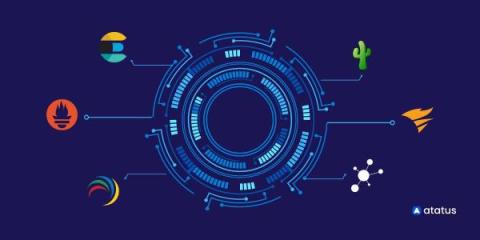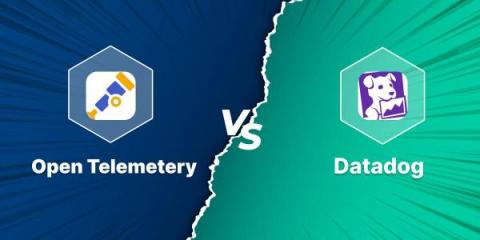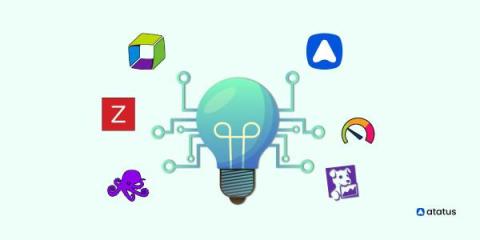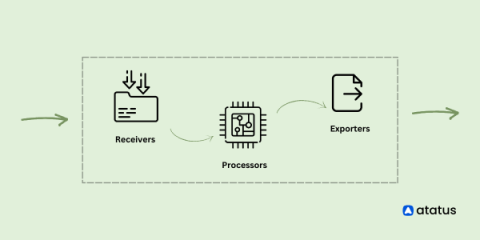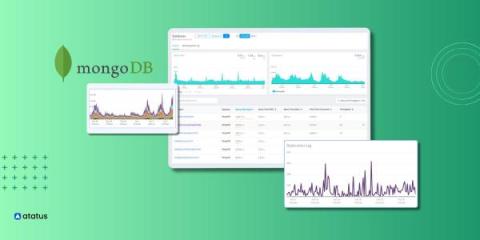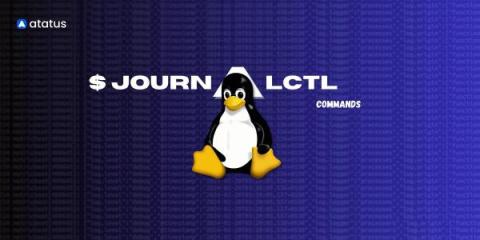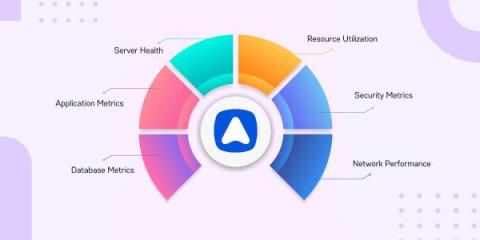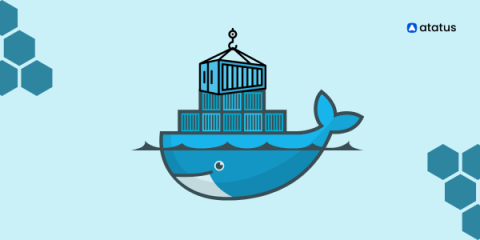Top 15 Linux Monitoring Tools Everyone Should Have!
Linux is a powerful and widely-used operating system used by individuals, businesses, and organizations around the world. With its open-source nature and customizable features, Linux has become a popular choice for those seeking a reliable and efficient system for their computing needs. However, with this power and flexibility also comes the need for proper monitoring and management.


